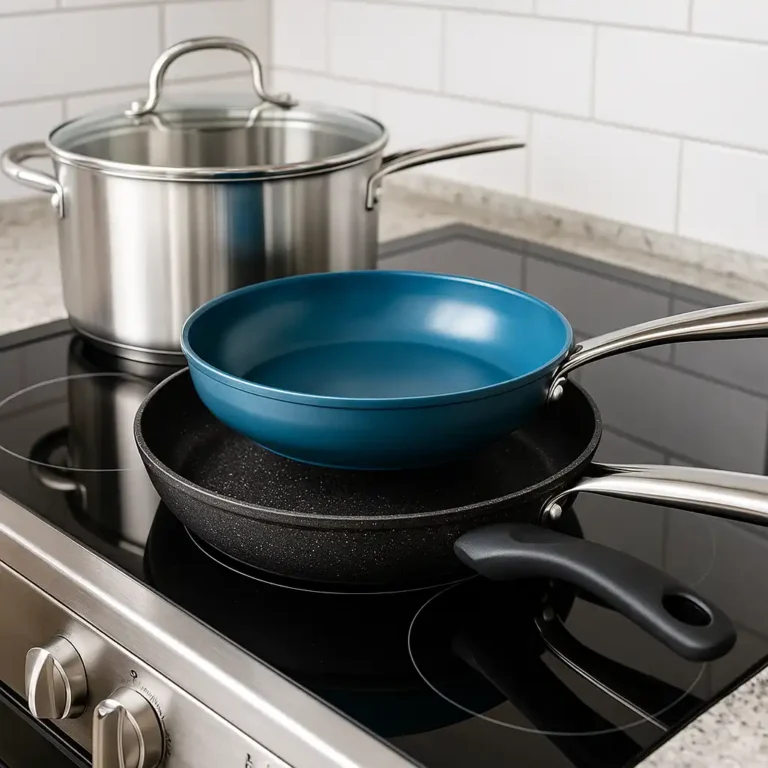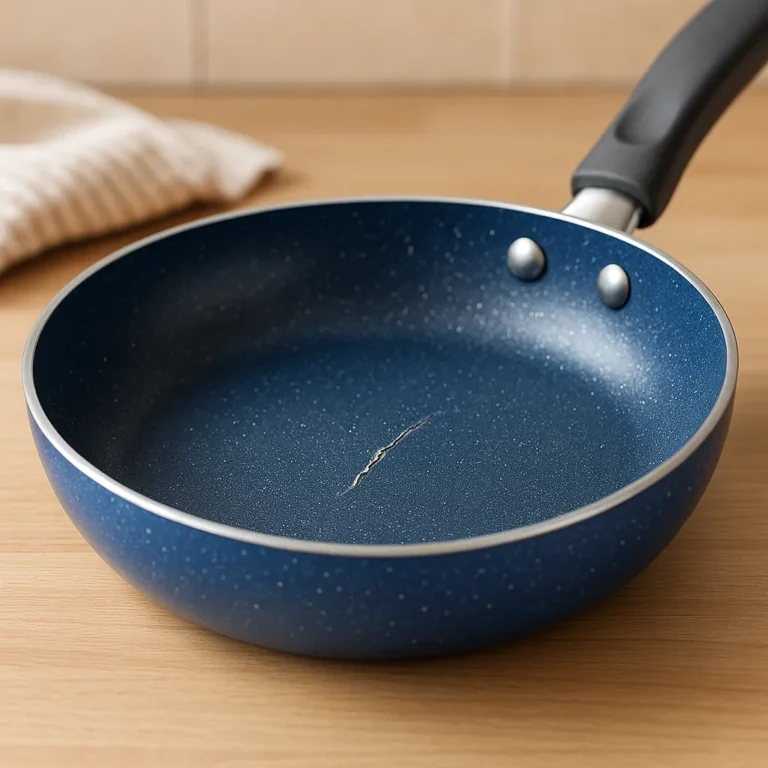Ceramic vs Stainless Steel Cookware: Which Is Right for Your Kitchen?
Choosing between ceramic and stainless steel cookware can be a challenge, especially when both offer unique advantages. Whether you’re upgrading your kitchen gear or just curious about healthier, more efficient cooking tools, understanding the differences between these two popular materials can help you make the best decision for your cooking style and lifestyle.
Understanding the Basics
Ceramic and stainless steel cookware are both widely used in home kitchens, but they serve different purposes. Ceramic cookware is typically made with a metal base coated in a layer of ceramic derived from natural materials. It’s known for its non-stick surface and eco-friendly appeal. Stainless steel, on the other hand, is an alloy made primarily of iron, carbon, and chromium, prized for its durability and versatility.
Pros and Cons of Ceramic Cookware
Ceramic cookware is a favorite for health-conscious cooks who want a non-toxic, non-stick solution.
Advantages:
- Naturally non-stick without harmful chemicals like PTFE or PFOA
- Easy to clean and often dishwasher safe
- Lightweight and comes in a variety of colors
- Great for low to medium-heat cooking
Disadvantages:
- Less durable than stainless steel
- Prone to chipping and wear over time
- Not ideal for high-heat searing or browning
- Can lose non-stick properties faster with frequent use
Ceramic cookware is best for cooking eggs, vegetables, pancakes, and dishes that require little to no oil. It’s also a solid choice for those looking to avoid toxic coatings and prefer a more eco-conscious option.
Pros and Cons of Stainless Steel Cookware
Stainless steel cookware is the go-to for chefs and experienced home cooks due to its robust construction and reliable performance.
Advantages:
- Extremely durable and resistant to warping or corrosion
- Handles high heat well, ideal for browning and searing
- Oven and dishwasher-safe
- Compatible with all cooktops, including induction
Disadvantages:
- Food can stick without proper technique or seasoning
- Heavier and can be harder to handle
- Requires more maintenance to keep shiny and clean
- Typically more expensive than ceramic
Stainless steel is great for meat, stir-fries, and recipes requiring high heat. With the right skills, it becomes a long-lasting staple in any serious kitchen.
Which Cookware Should You Choose?
The best choice depends on your cooking habits:
- Choose ceramic cookware if you prioritize non-toxic materials, easy cleanup, and don’t frequently cook on high heat. It’s perfect for lighter meals and everyday convenience.
- Opt for stainless steel if you want durability, versatile performance, and don’t mind a bit more maintenance. It’s ideal for achieving crisp textures and deep flavors.
Some kitchens benefit from a mix of both — ceramic for eggs and delicate dishes, stainless steel for meats and sauces.
Conclusion
When it comes to ceramic vs. stainless steel cookware, there’s no universal winner—only what best suits your needs. If health and convenience lead your list, ceramic is a smart choice. If you want power, longevity, and professional-level results, stainless steel may be your ideal match.






